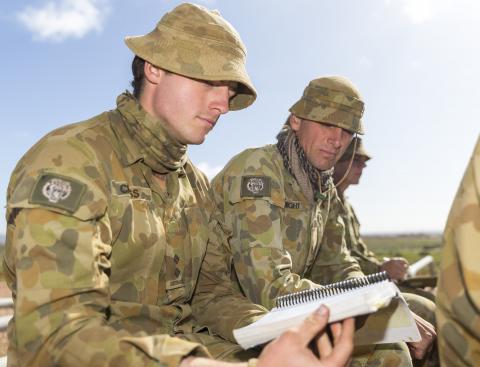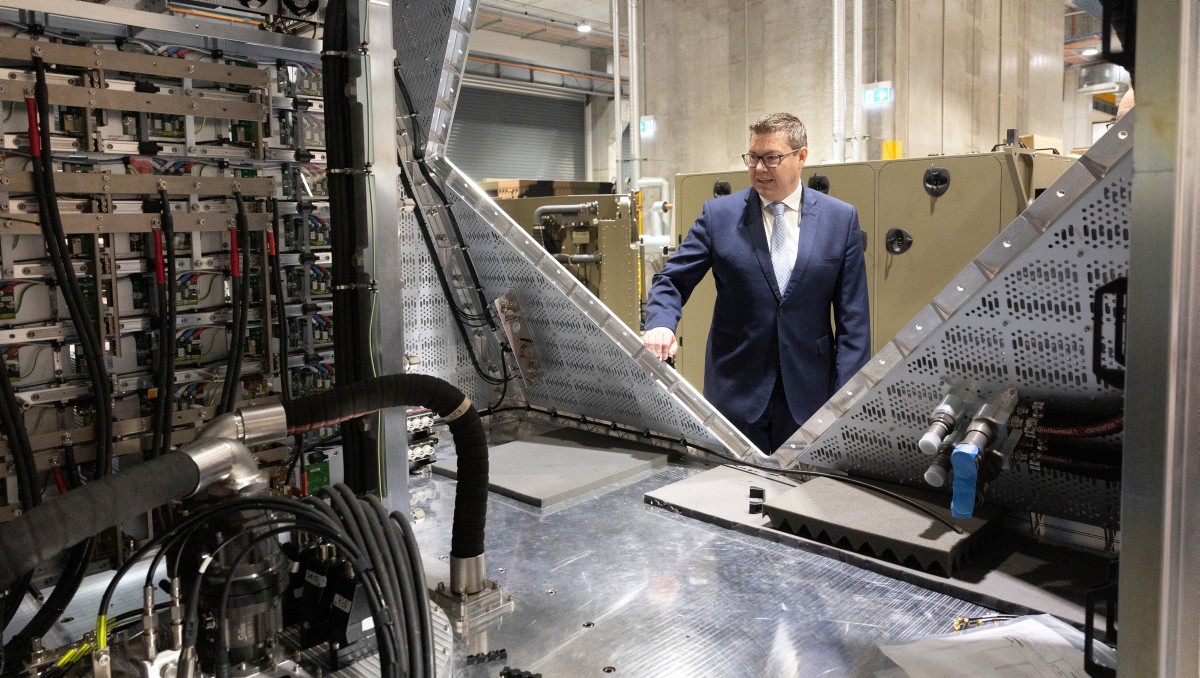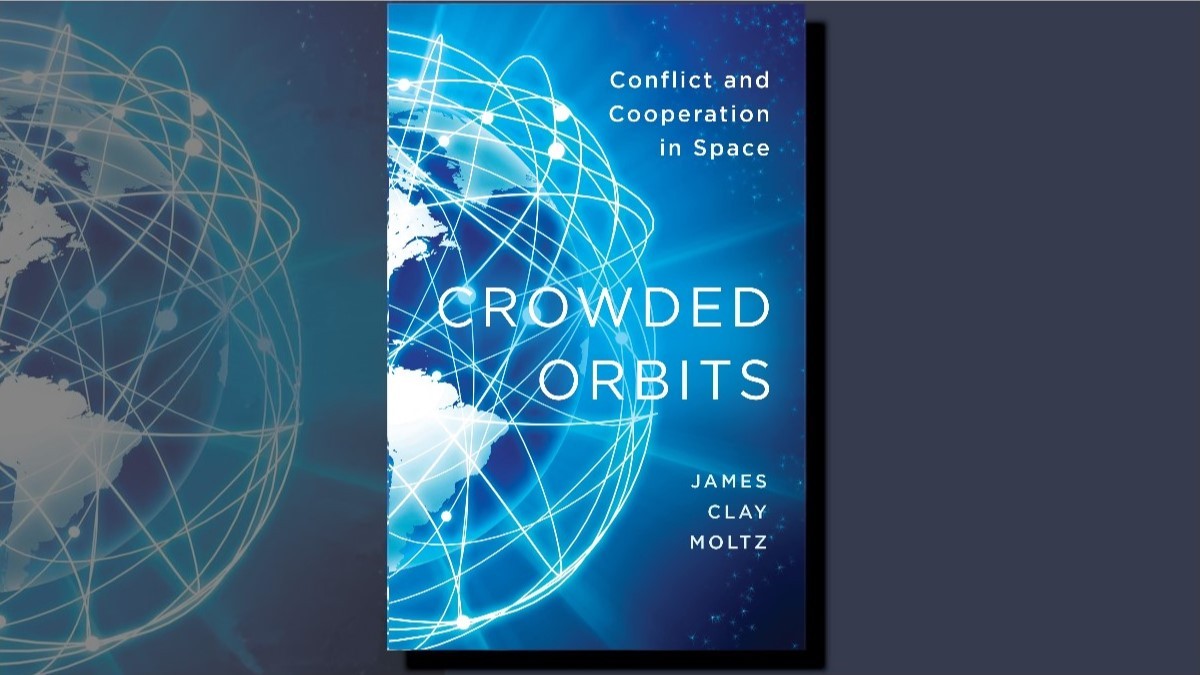The Moskos Pendulum
A recent blog post on the generalist vs specialist in the Army debate, reminds us of the work of military sociologist Charles Moskos and his Institutional/Occupational thesis. In 1977, Charles Moskos, proposed the I/O thesis which explained how the American military was moving away from an institutional model to one which resembled an occupation. What he meant by that was that the modern military was demonstrating fewer features of an institution (like professional availability at all times, inability to strike or negotiate working conditions, compensation in non-cash form and frequent moves); and more characteristics that reflected other occupations (like skill based salary levels, trades based on marketplace value, and individual determination of workplace conditions). This was an interesting observation about how an armed force reflected the society in which it operated, and Moskos’ theory inspired much discussion.
Nick Jans, who contributed the Australian chapter to Moskos’ subsequent comparative study ‘The Military: more than just a job’, suggested the Australian military member was a ‘pragmatic professional’, that is, someone who demonstrated both institutional and occupational aspects of the profession. In a 2009 study, Jans found that ADF other ranks had become more pragmatic and more professional, while officers had become less pragmatic and more professional. Jans subtitled this report “Pre and post 9/11 Professional Orientation in the Australian Military” and pointed out that the shifts in orientation aligned with changes in Australia’s strategic, social and economic circumstances.
If we apply the professional model within an army, we can see that the I/O pendulum swings from one orientation to the other throughout the life of that army. Changes in the economy, the political situation and social norms can influence which way the pendulum swings and how long until it swings back again. We can also apply the I/O model horizontally to other armies. Comparisons with other armies allow us to describe those armies’ current professional orientation and understand their position in relation to their current national priorities and social norms. I/O theory is ultimately about people and consequently their capabilities on the battlefield. When we understand the motivations of enemy forces, we can identify weaknesses and facilitate our application of manoeuvre warfare; and when we understand the professional orientation of allies, we can work more effectively in coalitions. The I/O thesis also informs strategic policy where it is concerned with workforce models and Defence budgets.
But we can also look at the I/O model within a societal framework by comparing the analysis of the orientation with that of a third party – the public. For instance, the armed force may perceive itself to be moving from an institutional model to an occupational one (ie undergoing a process of modernisation), but society, because of the emphasis placed on ceremony and organisational secrecy, may still perceive it to be wholly institutional. Alternatively, the public may simply regard the armed force to be ‘just another profession’ and be unaware of the institutional factors (like the military justice system or the posting cycle) which influence its collective identity. A 2001 cross-national study on professional motivations of military cadets showed that the pendulum swung to the occupational side in times of low popular support for the military. Therefore, influences on the profession’s own sense of identity may come from outside the organisation. The I/O model may in fact, be a way of understanding the civil-military gap.
This is where the ‘generalist vs specialist’ debate is relevant. One of Army’s institutional features is the value it puts on generalist careers. Army members tend to perceive generalisation as an occupational asset, but many find it a liability in career transition. Career counsellors who deal with transitioning Army members say that one of the lessons transitioning members can learn is that ‘civilians value specialisation over generalisation’. Perhaps this is because specialist skills are more readily recorded than generalist, which need to be observed in context and over time. Public observation of ADF skills is generally limited to embedded media coverage in conflict, engineering tasks during natural disaster and ceremonial duties on a few days each year. These observations are certainly out of context and only reflect a brief moment in time.
It is useful to apply the I/O model to our own careers and observe how Moskos’ pendulum swings with our professional motivation. Was it for institutional or occupational interests that we first enlisted? Did those motivations shift when we went to war? How do we represent that orientation to our non-Army friends? It is even more useful however, to apply the shifting orientation to Army as an organisation, to help explain obstacles and opportunities in recruiting, retention, cultural and deployment policy; and to other armies with whom and against whom we fight.
The views expressed in this article and subsequent comments are those of the author(s) and do not necessarily reflect the official policy or position of the Australian Army, the Department of Defence or the Australian Government.
Using the Contribute page you can either submit an article in response to this or register/login to make comments.




